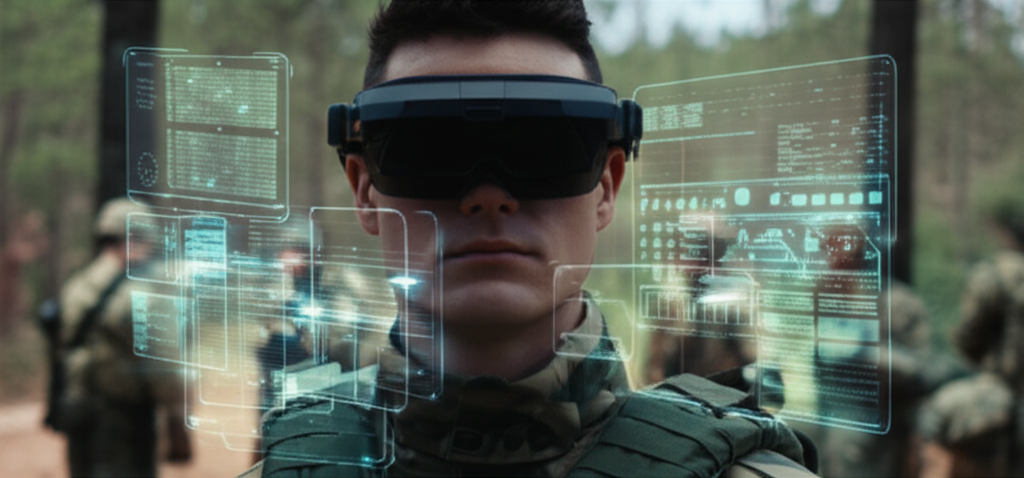Training for a Peer Conflict: A Deep Dive into Synthetic MR Training Environments for JADC2
by Bo Layer, CTO | April 20, 2025

The article emphasizes the urgent need for the military to transition from traditional, siloed training to advanced synthetic, Mixed Reality environments to prepare for future complex, multi-domain conflicts against sophisticated adversaries.
For the past twenty years, we have been training for a specific kind of fight. We have been fighting insurgents in Iraq and Afghanistan, and our training has reflected that. But the world has changed. We are now facing the prospect of a near-peer conflict with a sophisticated adversary, and we are not ready. The next war will be fought across all domains—land, sea, air, space, and cyberspace—and it will be fought at a speed and complexity that we have never before experienced. We need a new way to train, and that is where synthetic, Mixed Reality (MR) environments come in.
We can no longer afford to train in silos. The pilot in the cockpit needs to be able to see the same picture as the sailor on the ship and the soldier on the ground. They need to be able to communicate and collaborate in real-time, across all domains. This is the promise of Joint All-Domain Command and Control (JADC2), but it's a promise that we can only realize if we train the way we fight.
That's why we are building the synthetic training environments of the future. These are not video games. They are high-fidelity, physics-based simulations that can accurately model the complexities of modern warfare. We can simulate the performance of a specific radar system in a contested electronic warfare environment. We can model the ballistics of a hypersonic missile. We can create a virtual world that is so realistic, it's indistinguishable from the real thing.
But the real magic happens when we connect these simulators together. We can have a pilot in a flight simulator in Nevada, a sailor on a ship simulator in Virginia, and a soldier in a ground simulator in Germany, all operating in the same virtual battlespace. They can see each other, they can talk to each other, and they can fight together. This is how we will train the joint force of the future.
This is a massive undertaking. It requires a secure, low-latency network that can connect simulators across the globe. It requires a sophisticated software architecture that can manage the complexity of a multi-domain simulation. And it requires a new way of thinking about training, one that embraces the power of MR and synthetic environments. But it is a challenge that we must meet. The future of American military power depends on it.